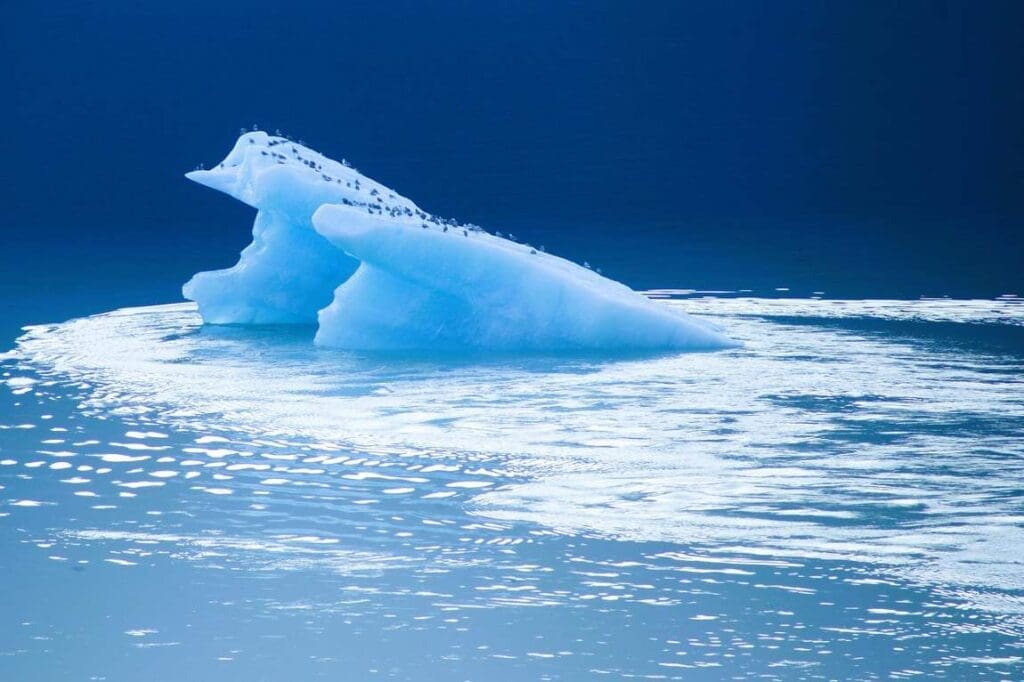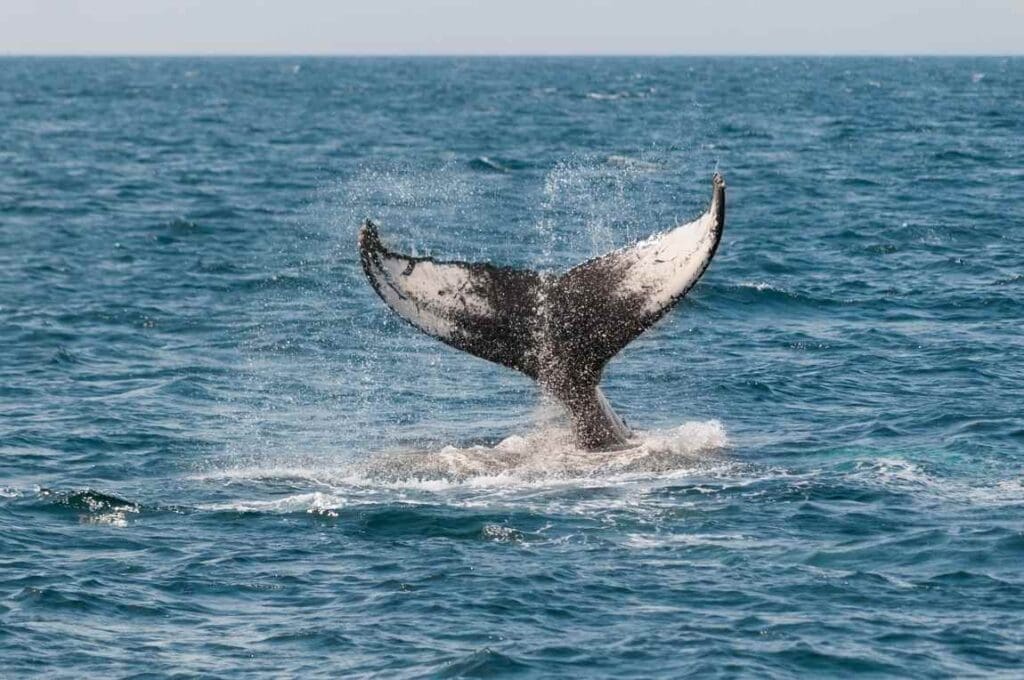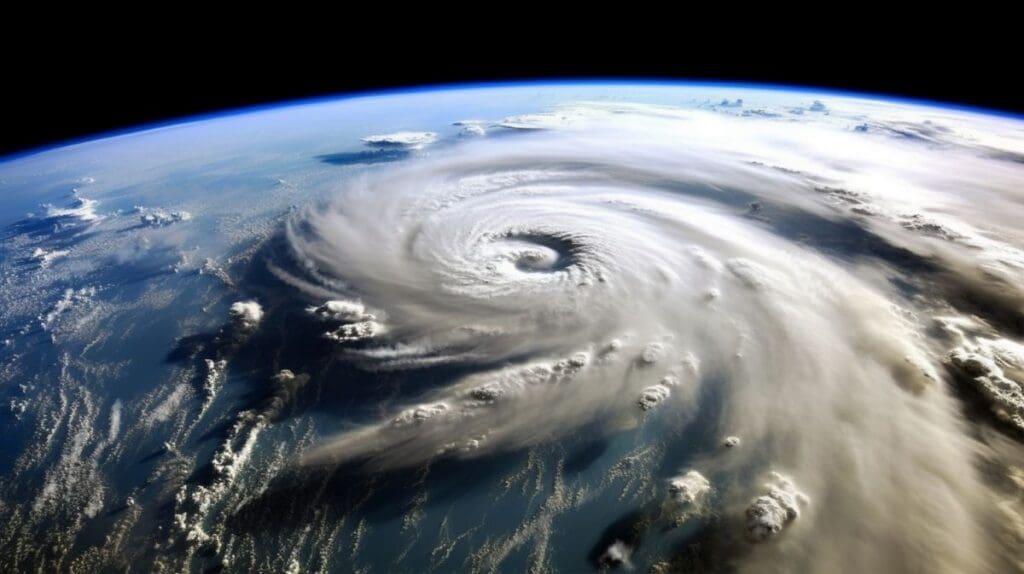Discover the latest articles from leading science journals in the Muser Press weekly roundup (Week 39, 2024), showcasing impactful research published this week.
Projected changes to Arctic shipping routes after stratospheric aerosol deployment in the ARISE-SAI scenarios
Rapid reductions in Arctic sea ice in response to warming have led to increased interest in using the Arctic Ocean for commercial shipping. As the world warms, however, different strategies are being considered to stabilize or reduce surface temperatures in order to prevent critical climate change impacts. One such strategy is stratospheric aerosol injection (SAI), a form of solar climate intervention. Projected changes to Arctic sea ice under SAI with specific regards to shipping have not yet been assessed. – Frontiers
Morrison Ariel L., Pathak Debanjali , Barnes Elizabeth A., Hurrell James W., ‘Projected changes to Arctic shipping routes after stratospheric aerosol deployment in the ARISE-SAI scenarios’, Frontiers in Climate 6 (2024). DOI: 10.3389/fclim.2024.1426679
Heterogeneity of the diurnal cycle of precipitation in the Amazon Basin
The diurnal cycle of precipitation in the Amazon Basin (AB) is not homogeneous, varying in its intensity, time of occurrence of precipitation peaks and in the shape of its diurnal distribution. This study presents a seasonal characterization of the mean diurnal cycle of precipitation in the AB from IMERG Final Run (∆x = 0.1° and ∆t = 30 min) database from 2001 to 2020. Diurnal and semi-diurnal oscillations were studied by harmonics analysis, i.e., using the first and second harmonics, respectively. Harmonic metrics of normalized amplitude (AN), phase and mean hourly precipitation rate were analyzed.
The AN showed pixels within the AB with bimodal/uniform or unimodal distribution associated with the occurrence of two peaks (or none) or a single peak during the day. The phase of the first harmonic shows the time of occurrence of the precipitation rates peaks, as well as the displacement of the precipitation systems. The regionalization of the diurnal cycle was performed using the K-Means technique, showing that AB presents six clusters along its domain based mainly on the phase of the first harmonic.
The spatial configuration of clusters showed seasonal variation, being modulated by the South American Monsoon System and the large-scale mechanisms responsible for triggering convection. However, their intensity, the shape of the diurnal distribution and the timing of precipitation peaks are modulated by local factors. – Frontiers
Ramírez Nina Ronald G., da Silva Dias Maria A., ‘Heterogeneity of the diurnal cycle of precipitation in the Amazon Basin’, Frontiers in Climate 6 (2024). DOI: 10.3389/fclim.2024.1370097
Climate variability through the lens of applied weather index insurance in Senegal-a novel perspective on the implications of decadal variation
Weather-based index insurance is a financial instrument which allows smallholder farmers to protect themselves against climate shocks such as droughts and floods. In many cases, insurance indices are based on one or more earth observation datasets (e.g., rainfall, soil moisture, vegetative health) which are partly covering periods of more than 40 years. While remote sensing products and their associated data have improved over this time, understanding the historical climate variability and trends remains an essential piece in ensuring the development of indexes that best represent farmers’ risks. From a practical perspective, shortening time series to limit the risk of understudied climate variability, such as the Atlantic Multidecadal Variability, sometimes seems to be a quick solution.
However, shorter time series jeopardize the overall robustness of the index. Therefore, understanding the links between climate variability, index design, and implications for farmers is key. Weather-based index insurance products in Sahelian West Africa usually face a challenge in robustly quantify underlying climatic decadal variation in seasonal rainfall. – Frontiers
Osgood Daniel , Blakeley S. Lucille , Ouni Souha , Enenkel Markus , Braun Melody , Lebel Thierry , Giannini Alessandra, ‘Climate Variability through the lens of applied weather index insurance in Senegal-A novel perspective on the implications of decadal variation’, Frontiers in Climate 6 (2024). DOI: 10.3389/fclim.2024.1281623
Mapping the landscape of green banking strategies: a bibliometric approach
Green banking (GB) strategies are a set of financial practices and activities implemented by banks to encourage sustainability, environmental responsibility, and low-carbon impact. This bibliometric study examines the present state of research in this field by utilizing the Scopus database for data retrieval and VosViewer for network analysis. – Frontiers
Sanjay Taneja, Neha Bansa, Amar Johri, Mohammad Asif, Zelhuda Shamsuddin, ‘Mapping the landscape of green banking strategies: a bibliometric approach’, Frontiers in Sustainable Cities (2024). DOI: 10.3389/frsc.2024.1404732
Effects of deficit irrigation on potato yield and water productivity in northern Ethiopia
In northern Ethiopia, potatoes are frequently cultivated with excessive irrigation water. Water is a scarce and expensive resource in semi-arid environments, so it is critical to create irrigation technology that enhances water efficiency and availability, as well as to implement better irrigation management methods. A field experiment was conducted for the years in 2018/19 and 2019/20 to investigate the effects of water deficit on potato yield, water productivity, and net income. Deficit irrigation treatments affected yield and yield-related components, but were not statistically different in all cases.
Each treatment had important effects on tuber yield, water productivity, and plant height. Tuber yield was best in the non-deficit treatments (T1). In most cases, the variations in tuber production and plant height between initial, late season (25% deficit), other stages with full demand, and non-deficit treatments were small and statistically insignificant. The highest water productivity and irrigation water productivity were obtained at 25% deficit treatment (T3) in the initial and late-season stages. Under limited land and water, the 25% deficit treatment (T3) offered the best net financial benefits in initial and late season stages of potato production.
These findings are valuable for making policy decisions about appropriate irrigation and water management under water-stressed conditions that maximize net economic benefits from limited land and water resources. – PLOS Water
Teshome AW, Wosenie MD, Addis HK, ‘Effects of deficit irrigation on potato yield and water productivity in northern Ethiopia’. PLOS Water 3 (9): e0000266. DOI: 10.1371/journal.pwat.0000266
Insights into the natural and cultural history of Typha orientalis (Raupō) in Aotearoa New Zealand
A new multi-proxy paleo database for lake ecosystem and catchment change in Aotearoa New Zealand points to the potential resource and ecosystem service roles of Typha orientalis (raupō). In the context of chronic wetland degradation in Aotearoa New Zealand over the past century, this iconic yet enigmatic wetland plant can be viewed, alternately, as an invasive threat; a valuable cultural and economic resource; and a natural, indigenous agent for bioremediation. Our investigation reconstructs the history of raupō over the past ~1000 years, based on 92 new pollen records generated from lake sites across Aotearoa New Zealand.
At almost every site where raupō is present today, its expansion is promoted to varying extents during periods of human activity and at 87% of sites investigated, raupō shows its maximum palynological abundance post human arrival. Multiple patterns of response over time point to a range of hydrological, trophic, and cultural scenarios that are conducive for raupō expansion, raising prospects for its potential role in mitigating the ecological impacts of disturbance. Raupō expansion, promoted by anthropogenic forest clearances and associated sediment and nutrient flux, would in turn have provided new opportunities for its use as a valuable food and material resource, prompting further questions as to the extent it was deliberately managed by indigenous populations.
As both a benefactor from, and provider for, expanding populations, raupō may be regarded as a human associate in Aotearoa New Zealand prehistory. As well as being indigenous to Aotearoa New Zealand, T. orientalis also occurs naturally in Australia and east Asia and shares the intrinsic ecological and morphological attributes of the ~40 species or hybrids of Typha that span most of the planet. This work therefore may encourage wider application of the genus as a biocultural asset informed from its local natural history. – PLOS Water
Li X, Newnham R, Vandergoes MJ, van den Bos V, Howarth JD, Rees A, et al. ‘Insights into the natural and cultural history of Typha orientalis (Raupō) in Aotearoa New Zealand’, PLOS Water 3 (9): e0000240 (2024). DOI: 10.1371/journal.pwat.0000240
Why not 35°C? Reasons for reductions in limits of human thermal tolerance and their implications
2023 was the hottest summer in recorded history globally, with heatwaves impacting nearly all regions of the world during the course of the year. It pushed the planet closer to the 1.5°C warming limit (for a single year) that most scientists agree needs to be the ceiling for climate change-induced warming before ecological degradation begins to rapidly increase. It also turned out that the most extreme conditions during the year put some regions close to the limits of what the human body can tolerate during extreme heat events. – Taylor & Francis Online
Vecellio, D. J., Huber, M., & Kenney, W. L., ‘Why not 35°C? Reasons for reductions in limits of human thermal tolerance and their implications‘, Temperature 1–3 (2024). DOI: 10.1080/23328940.2024.2399952
Mapping a sustainable water future: Private sector opportunities for global water security and resilience
Water scarcity, pollution, and the burden of waterborne diseases are urgent issues threatening global health and security. The study highlights the pressing need for innovative economic strategies to bolster water security investments, focusing on the “enabling environment” that influences regional readiness for new business solutions. The research utilizes a comprehensive set of geographical data — including climate, digital river networks, and human water usage patterns — to pinpoint areas at risk for water insecurity and potential conflict. The researchers discovered striking disparities in readiness across the globe, indicating varying capacities to address these critical challenges. – Advanced Science Research Center, GC/CUNY
Pamela A. Green et al. ‘Mapping a sustainable water future: Private sector opportunities for global water security and resilience’, Global Environmental Change 88, 102906 (2024). DOI: 10.1016/j.gloenvcha.2024.102906
3775-year-old wood burial supports “wood vaulting” as a durable carbon removal method
A team of researchers led by University of Maryland Atmospheric and Oceanic Science Professor Ning Zeng analyzed a 3,775-year-old log and the soil it was excavated from. Their analysis revealed that the log had lost less than 5% carbon dioxide from its original state thanks to the low-permeability clay soil that covered it. “The wood is nice and solid – you could probably make a piece of furniture out of it,” Zeng noted.
Understanding the unique environmental factors that kept that ancient log in mint condition could help researchers perfect an emerging climate solution known as “wood vaulting,” which involves taking wood that is not commercially viable – such as trees destroyed by disease or wildfires, old furniture or unused construction materials – and burying it to stop its decomposition. – University of Maryland
Ning Zeng et al. ‘3775-year-old wood burial supports “wood vaulting” as a durable carbon removal method’, Science 385, 1454-1459 (2024). DOI:10.1126/science.adm8133
Climate change and deer in boreal and temperate regions: From physiology to population dynamics and species distributions
Temperature, rainfall, snow and extreme weather events are all factors linked to climate change that directly affect wildlife. Understanding the impact of these factors on the physiology, population dynamics and distribution of different deer species is important for monitoring and protecting them. The scientists involved in this study reviewed 20 years of research on 10 main deer species in boreal and temperate regions: moose, roe deer, wapiti, red deer, sika deer, fallow deer, white-tailed deer, mule deer, caribou and reindeer. Their analysis of 218 articles summarizes general trends of the effects of climate change on the physiology, behaviour and population dynamics of these animals. – INRAE – National Research Institute for Agriculture, Food and Environment
Annika M. Felton et al. ‘Climate change and deer in boreal and temperate regions: From physiology to population dynamics and species distributions’, Global Change Biology 30 (9): e17505 (2024). DOI: 10.1111/gcb.17505
Sloth metabolism may make survival untenable under climate change scenarios
A new study has revealed that sloths, the famously slow-moving creatures of Central and South America, may face existential threats due to climate change. The research, conducted by scientists studying the metabolic response of sloths to rising temperatures, suggests that the energy limitations of these animals could make survival untenable by the end of the century, particularly for high-altitude populations.
The study investigates how two-fingered sloths (Choloepus hoffmanni), living in both highland and lowland regions, respond to varying ambient temperatures. Using indirect calorimetry, researchers measured oxygen consumption and core body temperature of sloths under conditions mimicking projected climate changes. Their findings indicate a troubling future for sloths, especially those residing in high-altitude areas. – PeerJ
Cliffe RN, Ewart HE, Scantlebury DM, Kennedy S, Avey-Arroyo J, Mindich D, Wilson RP, ‘Sloth metabolism may make survival untenable under climate change scenarios’, PeerJ 12:e18168 (2024) DOI: 10.7717/peerj.18168
Featured image credit: kjpargeter | Freepik




